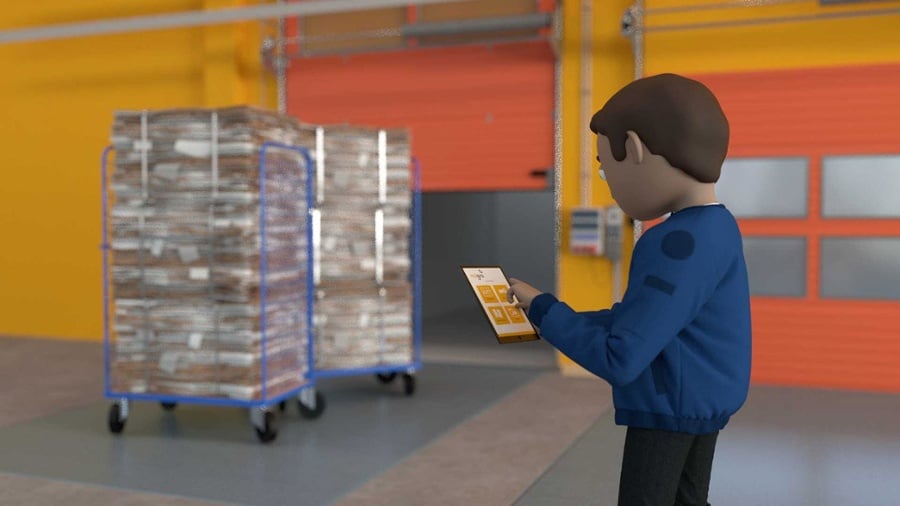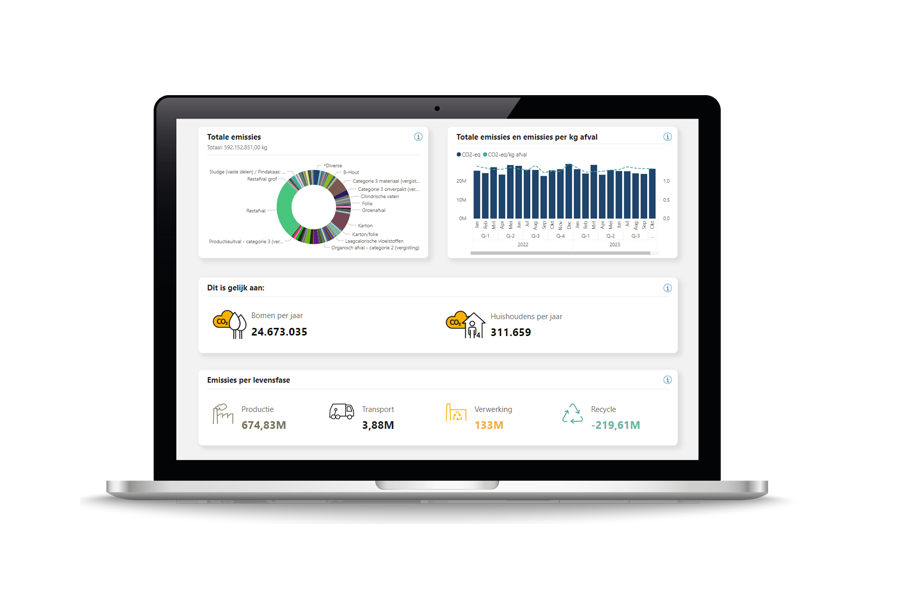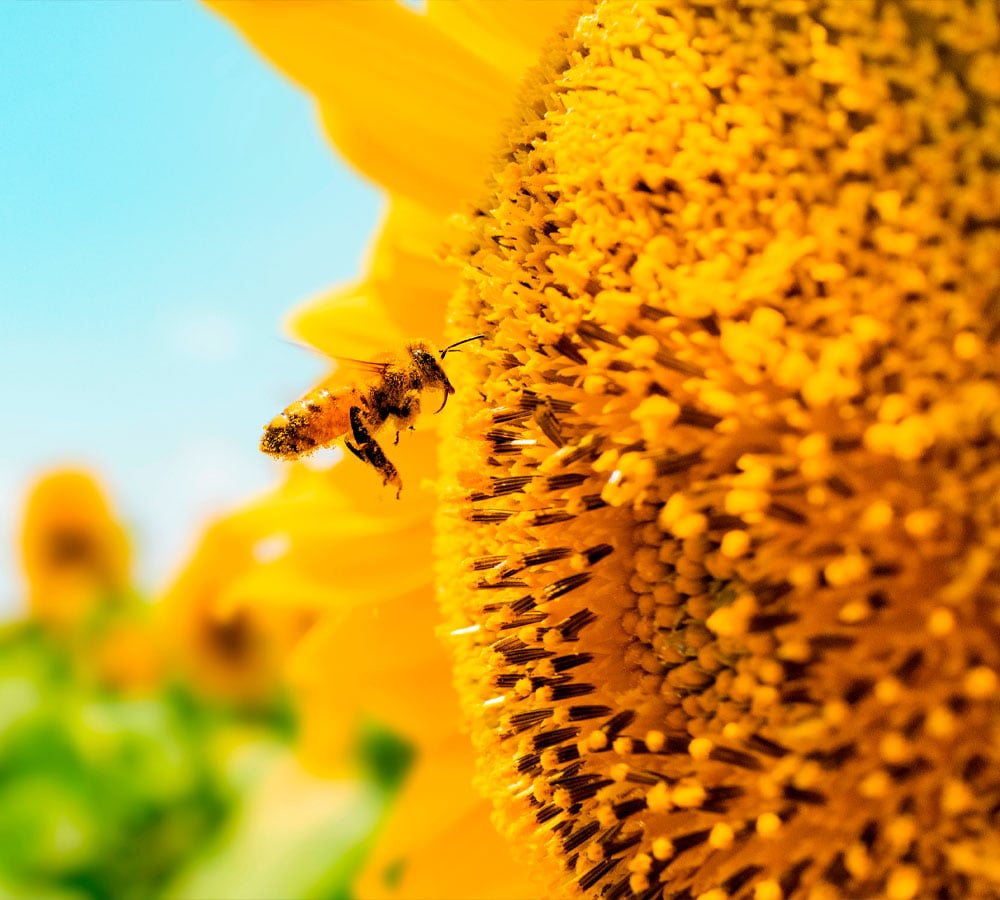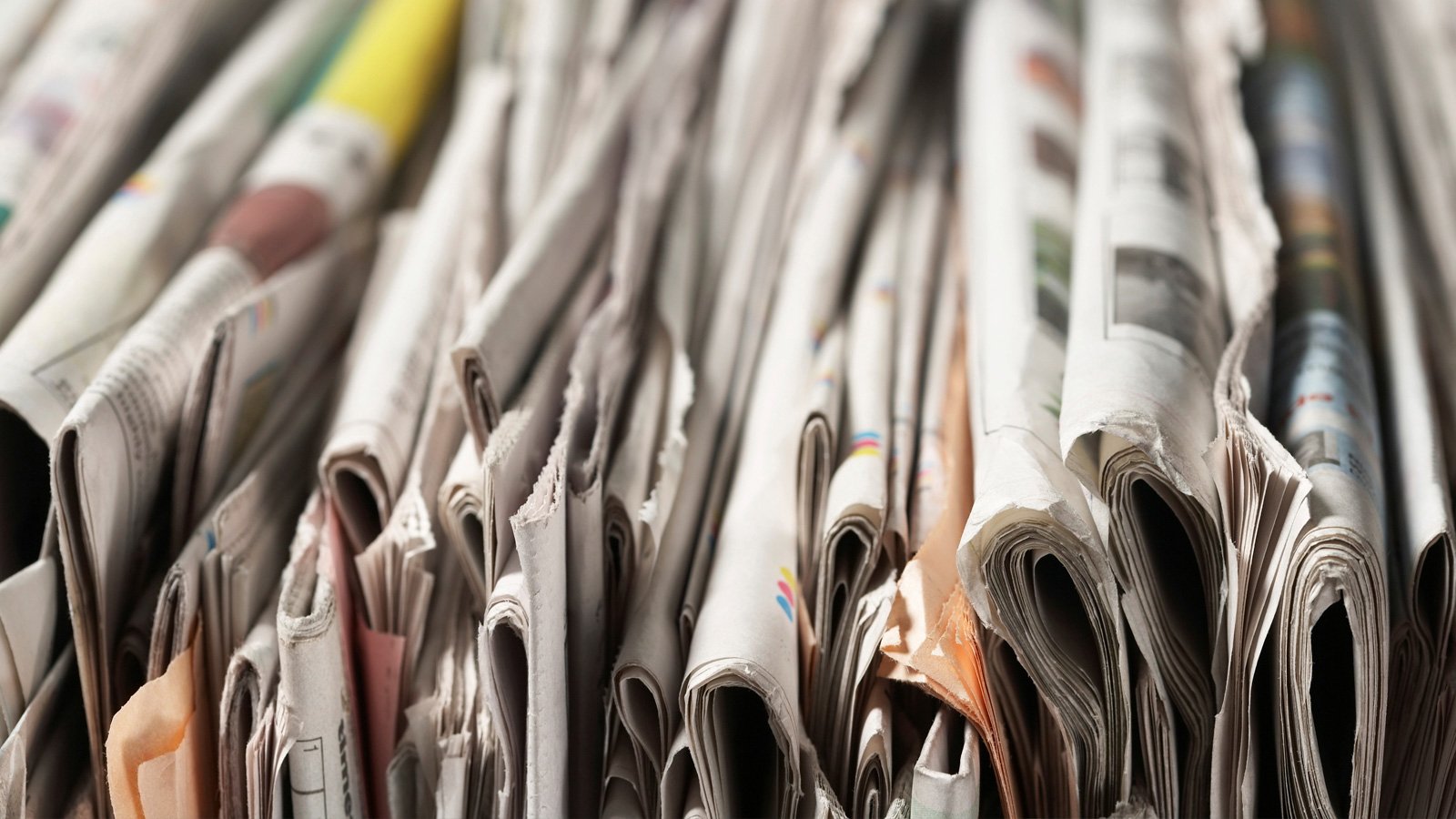One of the waste streams that has been collected for recycling for many years is waste paper and cardboard. Recycling this product group is a good alternative to producing new paper and cardboard. In this article, we dive deeper into the world of waste paper and cardboard. Find out what is involved in its recycling and what legislation applies.
What is waste paper and cardboard?
This waste stream includes all types of paper and cardboard that are no longer usable. Consider newspapers, magazines, books, boxes and packaging material. This waste comes from both households and businesses.
From pulp to paper
It is everywhere in our daily lives: paper. From books, magazines and newspapers to printing paper. From toilet paper, kitchen paper and packaging paper to labels and notepads. The standard for high-quality, versatile paper is what is known as virgin paper.
Virgin paper is made 100% from wood pulp derived from harvested trees. The type of tree used for this purpose greatly determines the paper quality. This is because each tree provides fibers of varying strength.
For example, hardwood trees, such as oak and walnut, yield shorter fibers. This results in weaker paper. Nevertheless, the wood from these trees is widely used for printing paper because it produces a smoother surface.
High quality, high environmental impact
The production of 1 ton of virgin paper requires about 190 to 200 m³ of water. In addition, chemical processes are required to bleach the pulp and achieve the desired paper quality. This means that the production of high quality virgin paper has a significant environmental impact.
Virgin paper has been the standard for regular paper to date. However, more sustainable options can be found that require less water and chemical processes. Alternatives such as recycled paper help reduce environmental impact. But: prevention is better than cure, according to Milgro. Therefore, reducing paper use is still the best way to reduce environmental impact.
Cardboard
Cardboard, everyone has an image of it. Yet one type of cardboard is not the other. There are many different types. The method of production and the length of paper fibers used in the process determine the quality of the cardboard.
Unlike the hardwood trees used to produce paper, softwood trees are perfect for cardboard production. This is because these trees, such as pine and spruce, have longer, stronger fibers. This makes the wood pulp great for making corrugated cardboard, for example.
Different types of cardboard
We list a few different types of cardboard.
- Corrugated cardboard: the most common type of cardboard. You recognize it by the characteristic corrugated inner layer between two smooth outer layers. This type of cardboard is often found in the form of boxes in the logistics sector, as it is ideally suited for distributing goods. Corrugated cardboard is used as moving boxes, as protective packaging for fragile items and to package other consumer products, such as electronics and food.
- Graphic board: this printed board is used for graphic applications. Examples include hard covers for books and magazines, luxury packaging for perfumes and jewelry, presentation materials and displays for stores or high-quality cards and invitations.
- Honeycomb cardboard: a very strong cardboard, recognizable by its hexagonal honeycomb structure. The strong material is used, for example, as insulation material in the construction industry or for packaging heavy products, such as furniture and white goods. You also see it as reinforcement for pallets or in the form of lightweight but strong pieces of furniture.
- Kraft paperboard: a fine type of paperboard produced from unbleached wood pulp. Kraft paperboard is known for its strong and durable properties. Thus, it is used as a packaging material in the food industry. For example, in the form of bags for flour, sugar and coffee, but also as shopping bags or carrier bags.
- Photo paper board: this special board contains a coating suitable for
Why is recycling of paper and cardboard important?
Recycling of paper and cardboard is especially important because of the following two reasons. First, the call for alternatives to plastic is increasing. As a result, plastic packaging is increasingly being exchanged for solutions made of paper. However, this means that the demand for paper increases directly. The production of new paper then leads to more pressure on deforestation.
By recycling paper, we can save significantly on energy consumption and the depletion of natural resources. With every ton of paper we recycle, we save many trees, water and energy.
Every ton of paper we save is enough to power an average household for six months and reduces CO2 emissions.
Recycling: advantages and disadvantages
The nature of paper and cardboard makes the material very suitable for recycling. However, it is not an infinite process. Paper fibers can be recycled an average of up to 7 times before they lose quality. Paper recycling always involves adding a small amount of virgin pulp to strengthen the paper.
A disadvantage of paper and cardboard recycling is that a lot of water and chemicals are required during this process. This is especially true for paper because it must be freed from ink. In addition, we must continue to look at the overall impact of recycling. How does the processor handle energy, water and transportation? These figures must all be included in the consideration for the right processor.
Milgro has a network of processors with sustainable recycling methods. For example, they make conscious choices regarding transport, green electricity and sustainable innovations. This helps to make the processing of paper and cardboard as sustainable as possible.
Innovations recycling paper and cardboard
More and more innovative solutions are being found around the recycling of OPK. For example, recent research by TU Graz in Austria proves that cardboard fibers can be reused up to 25 times instead of 7 times. Thanks to the use of an innovative machine, one German processor even stretches this number to 40 times reuse.
There is also research into packaging with less fiber by using alternatives to wooden paper fibers, such as straw or seaweed. The aim of this is to reduce CO2 emissions. At the same time, this research is focusing on fiber strength and the number of times it can be recycled.
De-inking is an important step in paper recycling. In this process, inks and coatings are removed, creating a cleaner pulp for recycling. Innovations in de-inking technologies make it possible to remove ink from paper more efficiently. This creates higher quality recycled paper suitable for a variety of applications.
Finally, potential applications of 3D printing technology have been researched. By converting recycled paper fibers into printable filaments, this technology can convert paper waste into valuable 3D printed products.
Paper and cardboard waste: laws and regulations
The Netherlands has no national legislation on paper and cardboard waste. The responsibility for collecting and processing waste paper and cardboard lies with municipalities.
As part of the Vlarema legislation, the Belgian government mandates the recycling of waste paper and cardboard. Flemish companies must enter into a contract with a processor registered with OVAM. In addition, they are required to report on their waste streams, including paper and cardboard.
Read also

Vlarema 9: the main changes at a glance
In the EU there are increasingly strict regulations for recycling packaging materials. This also affects paper and cardboard. For example, as of 2024, cardboard cups must be 90% highly recycled. Unlike single-use plastic packaging, 100% paper cups and disposable packaging will continue to be allowed.
Understanding your paper and cardboard waste? To measure is to know
Milgro measures the CO2 impact per processing method for all waste streams, including waste paper and cardboard. In this we take the broad view: with our measurement we look at the impact over the entire life cycle of the waste stream. Earlier we wrote an article about the real CO2 impact of paper use and three strategies to reduce it. Read the article here.
Stay informed
Stay up to date on all new developments? Follow us on LinkedIn or Instagram. Or subscribe to the newsletter. Are you curious about what Milgro can do for your operations and waste process? Contact us

















